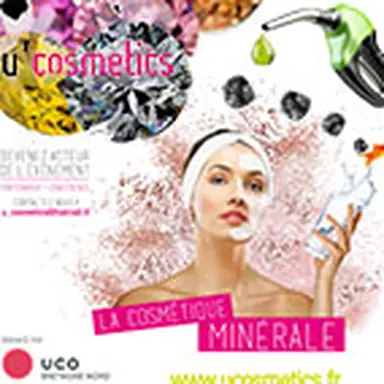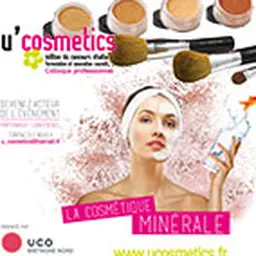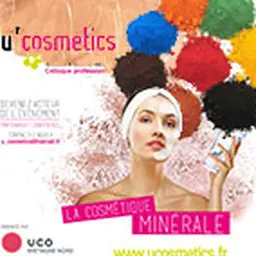
At the 8th edition of the U’Cosmetics colloquium dedicated to mineral cosmetics, several speakers presented their specificities in terms of ingredients. Three of them focused on new approaches to flagship mineral ingredients: oils and stones, including the most precious.
If the term ‘mineral cosmetics’ still refers to a concept that is tricky to define (read our article ‘Mineral cosmetics… what is that about?’), the fact remains that certain ingredients are unfailingly associated to it. However, all of them do not have a good press: mineral oils are often disparaged for their oil-bearing origin, and stones’ cosmetic properties are sometimes questioned… Hence the relevance of the new approaches introduced during this day of conferences.
Green mineral oils
Is it possible to associate mineral oils and preservation of the environment? To Sabrina Mizaël, who was there as a representative of ingredient supplier SEPPIC, the answer is indisputably yes!
Stable, but polluting
As an introduction, she provided an overview of cosmetic oils.
On the one hand, there are polar oils (esters and fatty alcohols, vegetable oils), which are marked by their reactivity and propensity to become oxidized, and then change smells and colours. On the other, there are apolar oils (silicones, ethers, and hydrocarbons), which are inert and stable in time.
Today, mineral oils are the most widely used. These fossil oils are mixtures of more or less long hydrocarbon chains (C15 to C40), which means they are more or less viscous. …














